Dr Francis Torres, a physicist at the University of Western Australia, has developed the mirror device at the heart of a new amplifier technology, which uses an interaction between a high-powered laser and mirror motion to magnify subtle metal, temperature and biological vibrations so they are more easily detected.
“Our idea is to connect the sensors in existing space exploration tools to our amplifier so they can look deeper underground and find smaller and hard-to-find targets such as hidden mineral deposits, water or other bacterial life,” says Francis, who developed the resonator mirror as part of his PhD.
According to Francis, the amplifier technology could also enhance the detection sensitivity of Earth exploration tools and medical sensors.
The sensors of existing exploration tools vibrate when they detect something in the ground; however, if the object is too small or too deep, the vibration may be too subtle for the exploration tool to read/measure.
The amplifier technology works by attaching the sensor of an existing exploration tool to the back of the resonator mirror. When the sensor picks up a subtle vibration, it makes the resonator mirror vibrate as well. These vibrations then interact with the amplifier’s laser and two ordinary mirrors to increase the resonator’s vibrations so that the exploration tool can more easily read them.
“The amplification device is based on an interaction between laser light and the vibrations of a mirror. It’s a bit like a quantum tango,” says Francis, who presented his work at the FameLab Australia national final in Fremantle on 13 May.
“This dancing happens when a laser light bounces back and forth between two mirrors. These mirrors shake because of temperature and we call this shaking ‘sound’,” says Francis.
“Now picture sound and light as dancing partners. By mimicking each other’s shapes and moves, it’s possible for light to amplify the mirror motion. So, when we connect the other side of the resonator to available sensors, the laser light can amplify the small vibrations coming from the sensor, making them easier to detect.”
Francis collaborated with researchers from Taiwan, France, Queensland and Perth to fabricate the tiny silicon resonator mirrors, which measure 1mm by 1mm, trialling them in vacuum tanks and on laser and optical tools.
The researchers have now built a small amplifier, which they are testing at the Gravity Discovery Centre, an hour north of Perth.
“At this stage it’s a little early to send my mirrors out into space; however, our results are very promising for improving existing technology in a range of fields, such as earth and space exploration, biology and medicine,” Francis says.
“I dream of seeing Mars-rover like vehicles exploring other worlds and using a device with my name on it: the Framplifer,” he says.
FameLab is a global competition for early career scientists. Francis was a finalist in the Western Australia state competition, and represented WA in the national final.
Media contacts:
Francis Torres, University of Western Australia, francis.achilles.torres@gmail.com, 0420 631 964
Niall Byrne, Science in Public, niall@scienceinpublic.com.au, 0417 131 977
Laura Boland, Science in Public, laura@scienceinpublic.com.au, 0408 166 426, (03) 9398 1416
Photos:
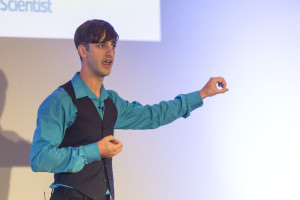
Francis Torres presents his talk at the FameLab Australia National Final. Credit: OK-White Lane
© International FameLab
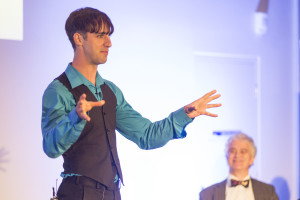
Francis Torres presents his talk at the FameLab Australia National Final. Credit: OK-White Lane
© International FameLab
Video
Download Francis’s FameLab Australia National Final talk [167MB]


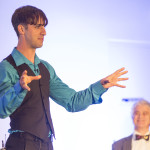
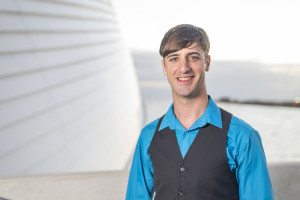
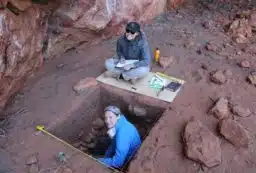


 Fresh Science is on hold for 2022. We will be back in 2023.
Fresh Science is on hold for 2022. We will be back in 2023.